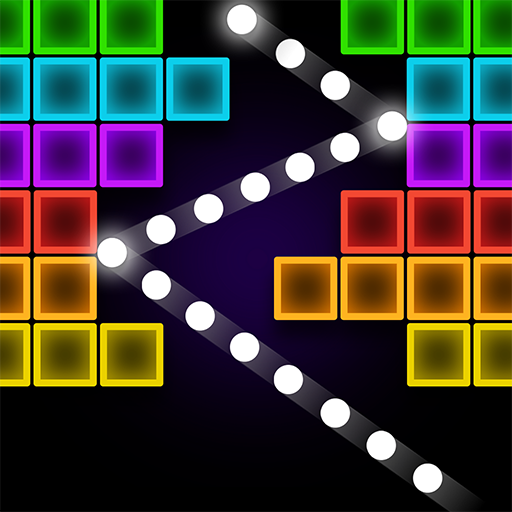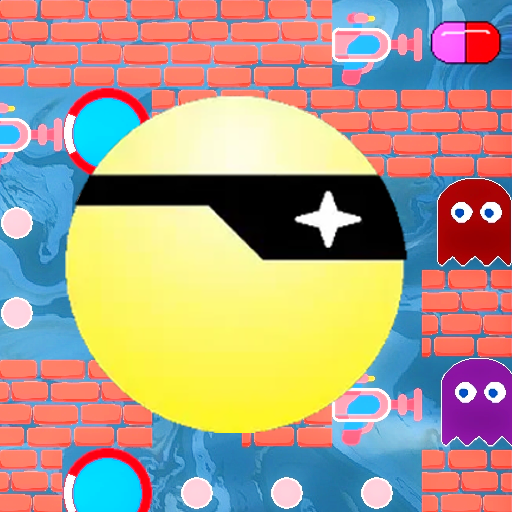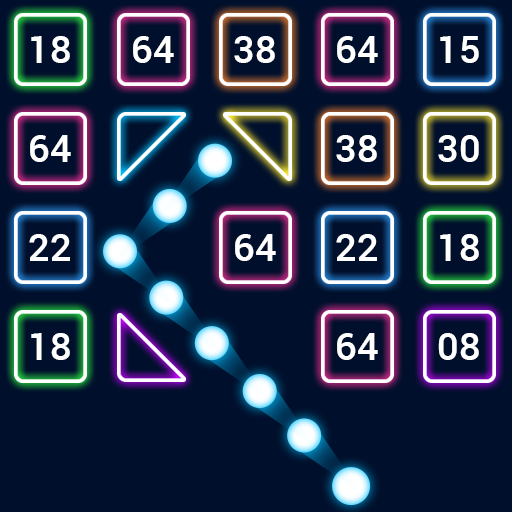Monster Hunter Weapons: A Historical Overview

Monster Hunter is renowned for its diverse array of weapon types and engaging gameplay, but did you know that even more weapons have been left out of the newer games? Dive into the rich history of the weapons in Monster Hunter and discover more.
← Return to Monster Hunter Wilds' main article
History of Weapon Types in Monster Hunter

Monster Hunter, a franchise that has captivated gamers for over two decades since its debut in 2004, is celebrated for its wide variety of weapon types. Monster Hunter Wilds will offer fourteen distinct weapon types, each with unique strengths, weaknesses, movesets, and mechanics for players to master.
The evolution of weapons from the original Great Sword to its modern incarnation is remarkable, showcasing significant advancements in design and gameplay. Moreover, there are intriguing weapons from earlier games that never made it to the West. Let's explore the history of Monster Hunter, focusing on the evolution of its weapons.
First Generation
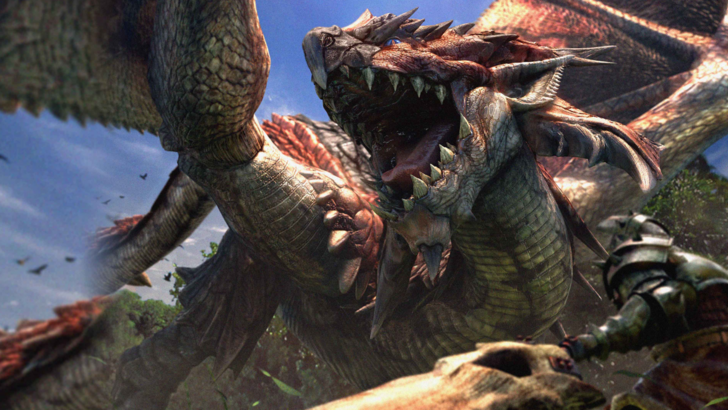
The first generation of Monster Hunter introduced iconic weapons that have evolved significantly over time, each with unique movesets and mechanics.
Great Sword
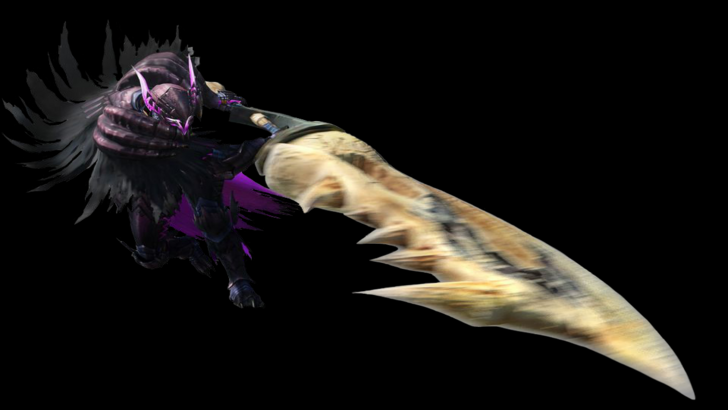
The Great Sword, a staple since the original game, is known for its high damage output, albeit at the cost of slow movement and attack speed. In the first game, it was centered around hit-and-run tactics and precise spacing for effective swings. A unique feature allowed for increased damage when hitting a monster with the middle of the blade.
Monster Hunter 2 introduced the Charged Slash, a game-changing move that allowed hunters to charge up to three levels for a powerful swing. Subsequent games further refined the weapon's charging mechanics, adding new finishers and improving the fluidity of combos. The shoulder tackle in Monster Hunter World exemplifies these enhancements, allowing hunters to withstand attacks and quickly transition into charged attacks.
Mastering the Great Sword involves understanding its low-skill floor and high-skill ceiling, with the key to success lying in executing the True Charged Slash in narrow windows of opportunity.
Sword and Shield
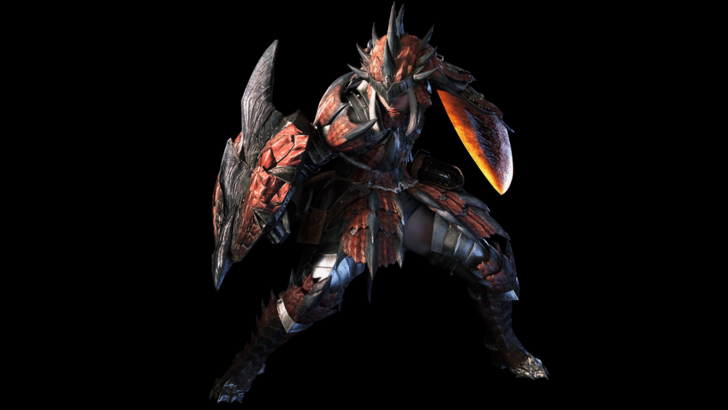
The Sword and Shield stands out for its versatility, offering balanced damage, quick combos, and the ability to block and use items without sheathing. Initially seen as a beginner's weapon, its mechanics have evolved significantly over time.
In its early versions, the weapon focused on quick slashes and mobility. Monster Hunter 2 introduced the ability to use items without sheathing, enhancing its utility. Subsequent generations added more moves, including the shield bash combo in Monster Hunter 3, backstep and jumping attacks in Monster Hunter 4, and the Perfect Rush combo and aerial finishers in Monster Hunter World and Monster Hunter Rise.
Despite its short range and lower damage output, the Sword and Shield remains a versatile choice, often underestimated but offering a depth of play that rewards mastery.
Hammer
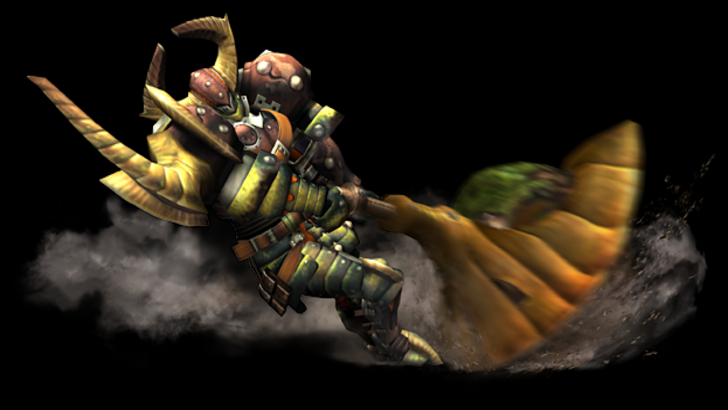
The Hammer, known for its blunt damage and ability to stun monsters, shares similarities with the Great Sword but offers greater mobility and a unique charge mechanic that allows movement while charging.
Its focus on targeting monster heads for knockouts became its defining feature after Monster Hunter 2. While the moveset remained largely unchanged until Monster Hunter World and Monster Hunter Rise, these newer games introduced the Big Bang and Spinning Bludgeon attacks, enhancing its offensive capabilities.
The addition of Strength and Courage modes in later games added depth, requiring players to switch modes based on the monster and maintain charge effectively. The Hammer's simplicity belies its potential for high damage through well-timed charged attacks and combos.
Lance
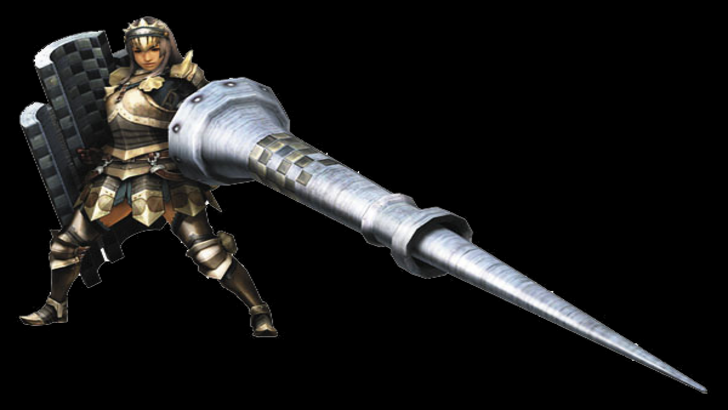
The Lance is the embodiment of "a good offense is a great defense," with its long reach and formidable shield making it the ultimate defensive weapon. Its playstyle revolves around poking from a safe distance while maintaining a guard, with limited but powerful attacks.
The Lance's design emphasizes standing one's ground, rewarding players for their defensive prowess. Its counter mechanic, introduced in later versions, further reinforced its outboxer identity, allowing for strategic attacks while blocking. Despite its less flashy animations, the Lance offers a unique and rewarding playstyle that turns hunters into tanks.
Light Bowgun
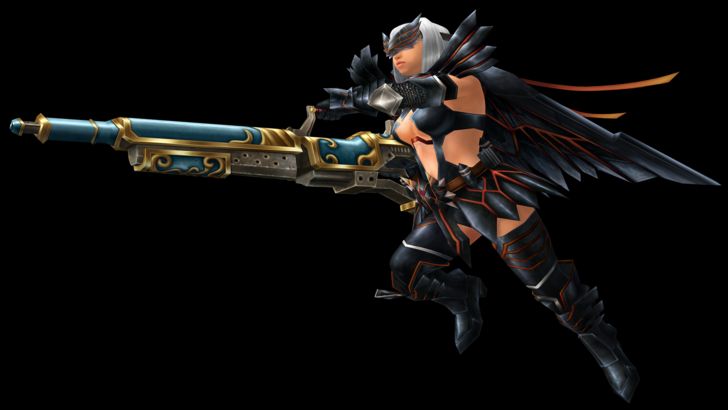
The Light Bowgun, a ranged weapon introduced in the first generation, offers mobility and faster reload times, making it an easier and safer option for ranged combat. However, its firepower is limited compared to its heavier counterpart.
Customization options, such as long barrels and silencers, allow players to tailor the weapon to their playstyle. The ability to Rapid Fire certain ammo types compensates for its limited ammunition and damage output.
Monster Hunter 4 introduced the Critical Distance mechanic, adding depth to ranged combat by optimizing damage at specific ranges. Monster Hunter World's Wyvernblast mechanic and slide maneuver further enhanced its mobility and offensive capabilities, solidifying its place as a robust yet accessible ranged weapon.
Heavy Bowgun

The Heavy Bowgun, another first-generation ranged weapon, excels in firepower and ammunition versatility but sacrifices mobility. Its slow movement while drawn necessitates strategic positioning and planning.
Customization options, including shields for blocking, enhance its utility. Monster Hunter 3 introduced Siege Mode, allowing for continuous shelling without reloading, while Monster Hunter World added the Wyvernheart and Wyvernsnipe special ammo types, offering unique offensive options.
The Heavy Bowgun's gameplay involves careful preparation and ammunition management, with stronger shells requiring crafting during combat. Its core identity as a powerful artillery weapon remains unchanged, emphasizing high damage and strategic play.
Dual Blades

The Dual Blades, introduced in the Western release of the first game, are known for their speed and ability to inflict status ailments and elemental damage through rapid multi-hitting attacks.
Their gameplay focuses on fluid combos and entering Demon Mode for increased damage and access to new offensive moves, albeit at the cost of stamina. Monster Hunter Portable 3rd and Monster Hunter 3 Ultimate introduced the Demon Gauge and Archdemon Mode, revolutionizing the weapon's mechanics by allowing stamina-free access to Demon Mode attacks.
The Demon Dash, a unique movement tool, and the Adept Hunter Style's perfect dodge further enhanced the weapon's offensive capabilities. The Dual Blades' evolution showcases a shift towards a more dynamic and aggressive playstyle.
Second Generation
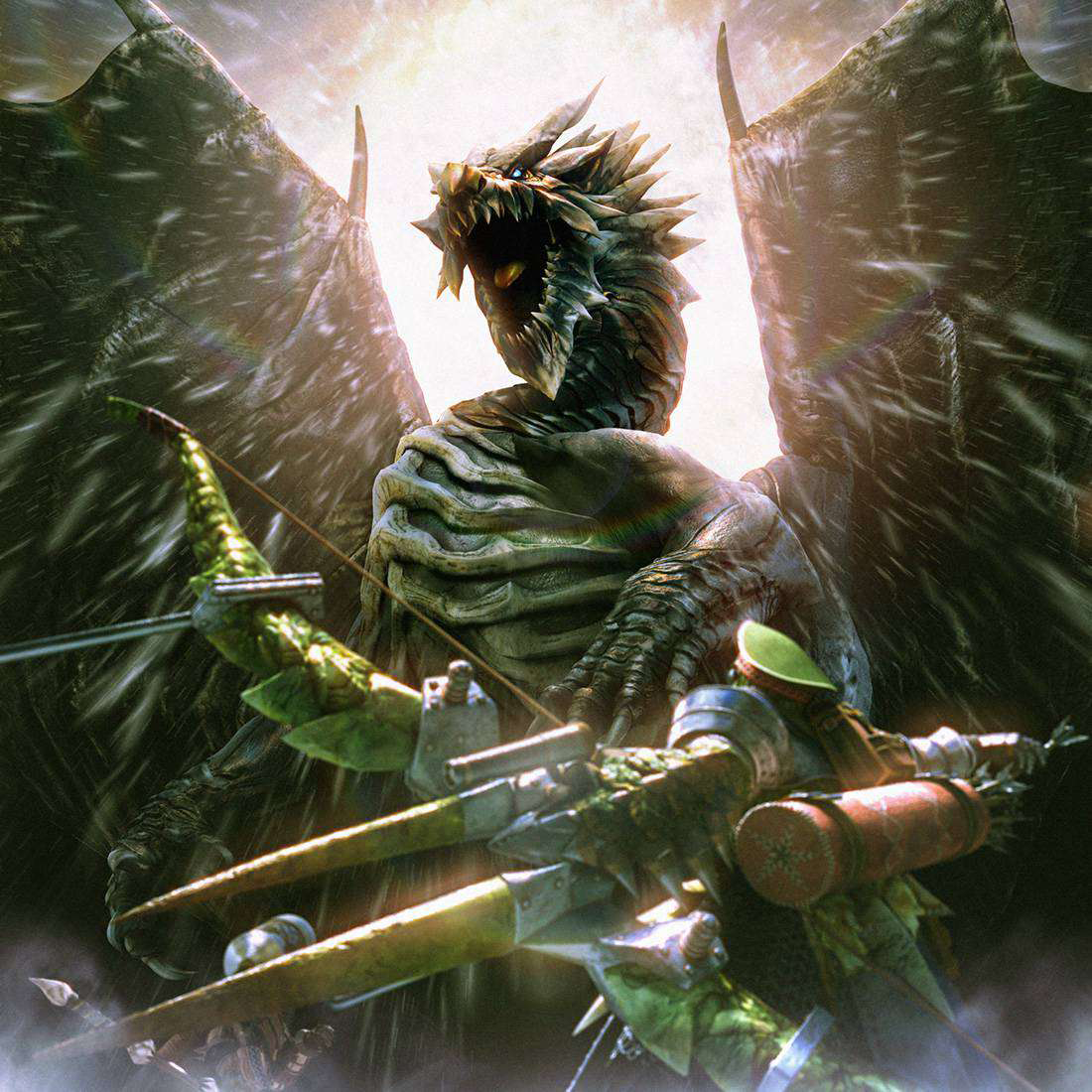
The second generation introduced weapons that, while similar to their first-generation counterparts, boasted unique movesets and mechanics.
Long Sword
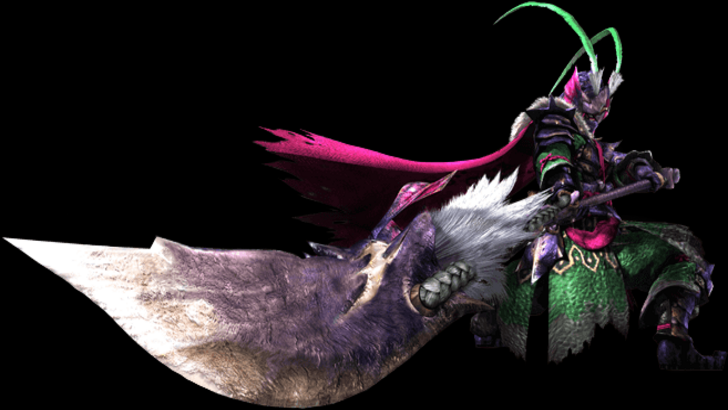
The Long Sword, introduced in Monster Hunter 2, combines high damage with fluid combos and increased mobility compared to the Great Sword. Its Spirit Gauge mechanic, filled by landing attacks, allows access to the powerful Spirit Combo.
Monster Hunter 3 enhanced the Spirit Gauge with new levels and the Spirit Roundslash finisher, increasing damage at higher levels. Monster Hunter World introduced the Spirit Thrust Helm Breaker and the Foresight Slash parry, adding new offensive and defensive options.
The Long Sword's evolution reflects a shift towards a more counter-based and dynamic playstyle, with the Iai Stance in Iceborne offering new ways to quickly maximize the Spirit Gauge.
Hunting Horn
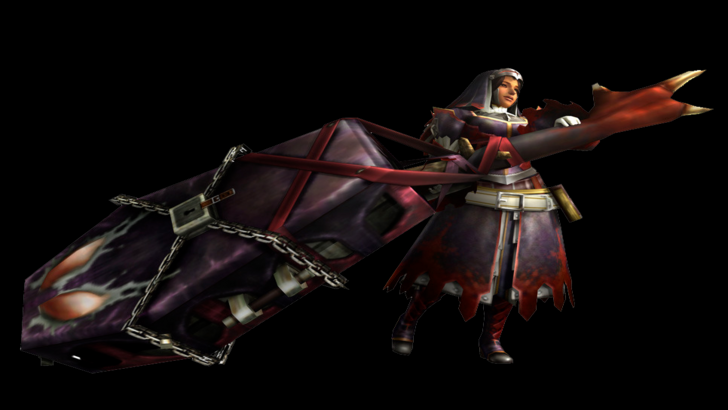
The Hunting Horn, introduced in Monster Hunter 2, serves as a support weapon with the unique Recital mechanic. By playing different colored notes, hunters can activate various buffs, from attack and defense boosts to healing.
While its damage output is lower than the Hammer, the Hunting Horn's ability to stun monsters through impact damage remains crucial. Monster Hunter 3 Ultimate allowed notes to be played during attacks, streamlining the transition between supporting and attacking.
Monster Hunter World's song queueing system and Echo Notes in the expansion further improved the weapon's fluidity and damage potential. Monster Hunter Rise's overhaul simplified the Recital mechanic, sparking debate among players about the balance between simplicity and complexity.
Gunlance
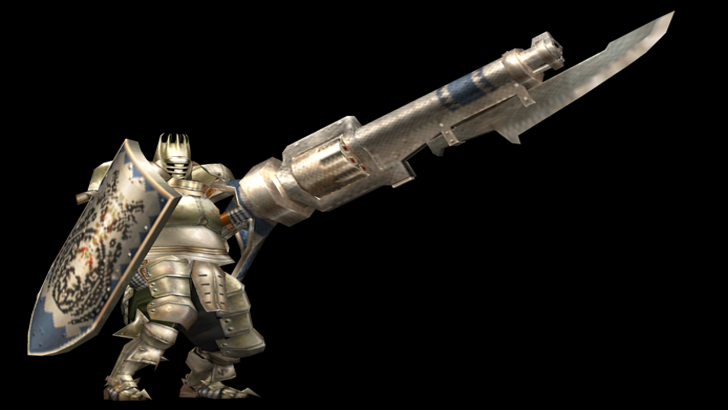
The Gunlance, introduced in the second generation, combines the Lance's defensive capabilities with explosive shelling. Its unlimited ammunition, regained through reloading, offers a unique playstyle centered around aggressive shelling.
Monster Hunter 3 introduced the quick reload mechanic and the Full Burst attack, enhancing the weapon's aggressive potential. The Heat Gauge in Monster Hunter X added a new layer of strategy, balancing physical and shelling damage.
Monster Hunter World's Wyrmstake Shot finisher further expanded the Gunlance's offensive options. Its unique mechanics set it apart, requiring players to balance their attacks to avoid burnout and maximize shelling damage.
Bow
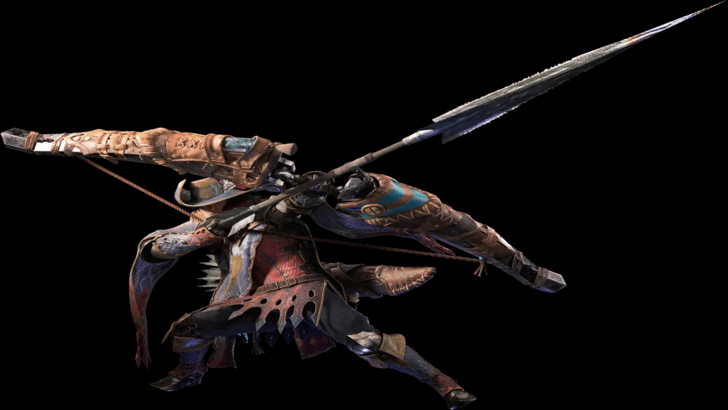
The Bow, introduced in Monster Hunter 2, is known for its agility and close-to-mid-range combat. Its hit-and-run style, combined with chargeable attacks and various Coatings, allows for high elemental damage and status effects.
While earlier games featured different Shot Types, Monster Hunter World streamlined the weapon's moveset, making it more universal and combo-heavy. Monster Hunter Rise reintroduced Shot Types tied to charge levels, adding depth to its aggressive playstyle.
The Bow's evolution emphasizes its unique blend of ranged and melee combat, offering a dynamic and engaging playstyle that sets it apart from other ranged weapons.
Third and Fourth Generation
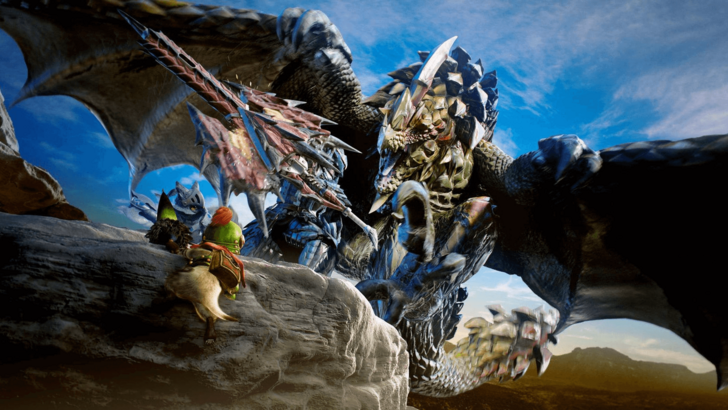
The third and fourth generations introduced innovative weapons with unique mechanics, including morphable weapons and the Insect Glaive's buff collection system.
Switch Axe

The Switch Axe, introduced in Monster Hunter 3, features two modes: Axe Mode for mobility and range, and Sword Mode for increased damage and Phial usage. Initially requiring a quest to unlock, it has since been available from the start in subsequent games.
The weapon's design revolves around balancing offense between modes, with Monster Hunter World's Amped mechanic enhancing Sword Mode's damage. Monster Hunter Rise extended the Amped state to both modes, encouraging fluid morphing during combat.
The Switch Axe's unique form-swapping mechanics add depth and excitement to its gameplay, making it a standout addition to the series.
Insect Glaive
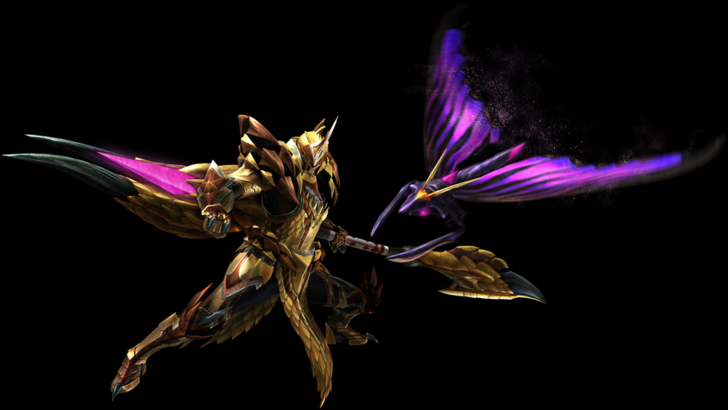
The Insect Glaive, introduced in Monster Hunter 4, offers aerial supremacy through its double-bladed design and Kinsect companion. The Kinsect collects essences from monsters, granting buffs that enhance attack, mobility, and defense.
The weapon's core gameplay revolves around quickly collecting the three essences to enter its strongest state. Monster Hunter World: Iceborne introduced the Descending Thrust finisher, enhancing its aerial capabilities.
Monster Hunter Rise simplified the Kinsect upgrade system and introduced new types, making the weapon more accessible while retaining its unique aerial playstyle.
Charge Blade
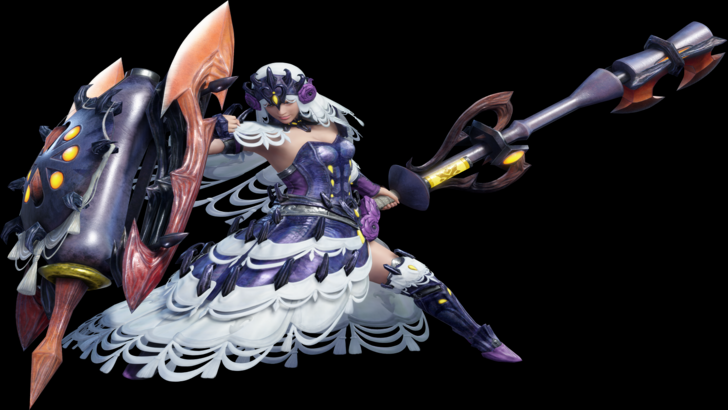
The Charge Blade, also introduced in Monster Hunter 4, is renowned for its versatility and complex mechanics. Featuring Sword Mode for charging Phials and Axe Mode for unleashing them through Amped Elemental Discharge, the weapon requires mastery of its Guard Points and mode transitions.
Its balanced offense and deep mechanics make the Charge Blade a challenging yet rewarding weapon to master, offering unparalleled versatility and potential for high damage.
Will There Be More?
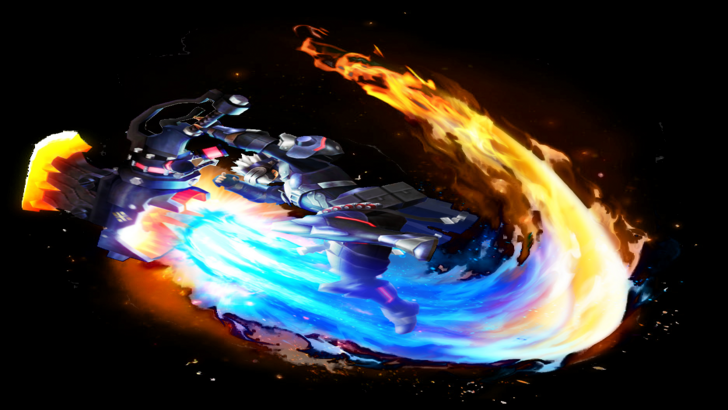
While Monster Hunter Wilds will feature the fourteen weapons listed earlier, the series has a rich history of weapons that have not been included in Western releases. Given the franchise's longevity, future games may introduce new weapons or bring back older ones, adding even more depth to its already engaging gameplay.
You may also like...

- 1 Silent Hill 2 Remake Confirms Xbox, Switch Release in 2025 Feb 08,2025
- 2 Connect Asus ROG Ally to TV or Monitor: Easy Guide Apr 06,2025
- 3 Dragon Soul Tier List: Ultimate Guide May 12,2025
- 4 "Persona Games and Spin-Offs: Complete Chronological List" Apr 09,2025
- 5 The Best Marvel Contest of Champions Tier List for 2025 Mar 19,2025
- 6 Fix 'Can't Connect to Host' Error in Ready or Not: Quick Solutions Jun 13,2025
- 7 Assassin's Creed Shadows: Max Level and Rank Cap Revealed Mar 27,2025
- 8 "Discover All Templar Locations in Assassin’s Creed Shadows - Spoiler Guide" Apr 04,2025
-
Top Arcade Classics and New Hits
A total of 10
-
Addictive Arcade Games for Mobile
A total of 10
-
Android Apps for Video Content Creation
A total of 10










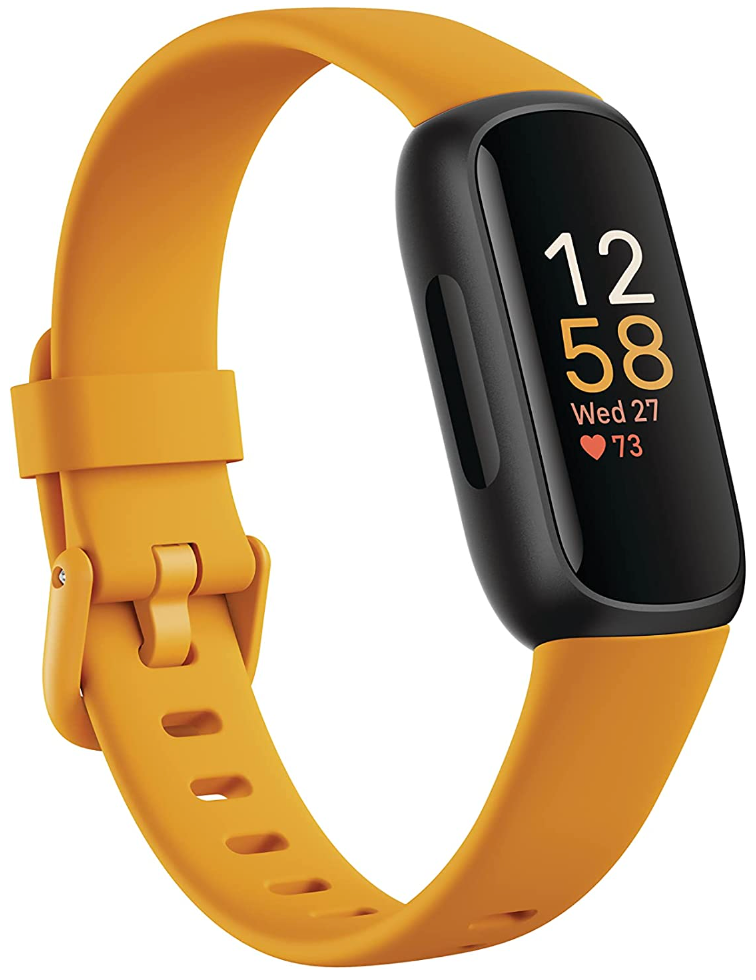

![Roblox Forsaken Characters Tier List [UPDATED] (2025)](https://img.actcv.com/uploads/18/17380116246797f3e8a8a39.jpg)






